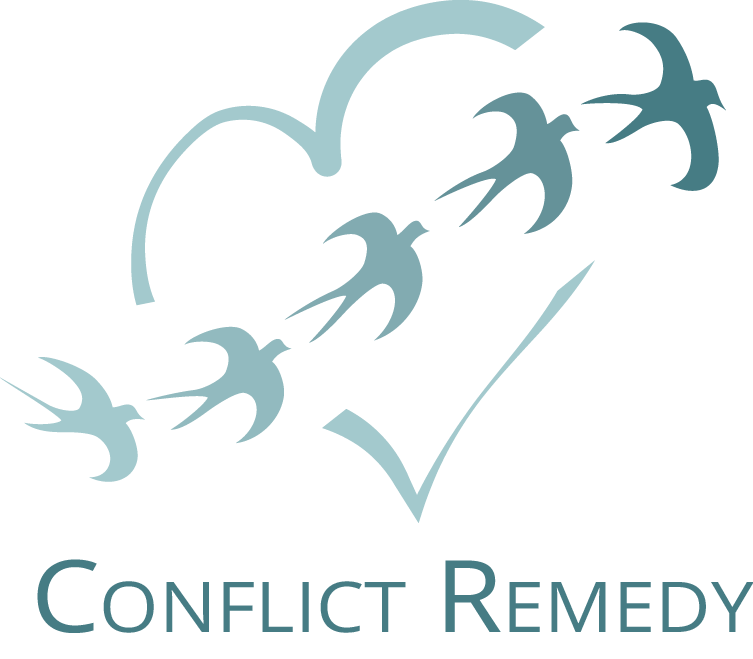
photo credit: elycefeliz Yes no maybe via photopin (license)
So many conflicts at work and everywhere expand and linger because people believe there is only one right answer or one way to see or do things. If instead of seeing the world in narrow extremes of right/wrong either/or etc., you can shift to yes/and, embracing those differences in perspective, it can help defuse conflicts at all levels.
The Battle over GIF
I read an article recently about the Graphics Interchange Format which amply demonstrates the problem with right/wrong thinking. Apparently, there is an intense battle raging worldwide over the correct pronunciation of GIF. The majority of people, in the US and Europe, think it should be pronounced with a hard G (in give), while a vocal minority, especially those whose languages don’t contain a hard G, believe it should be pronounced with a soft G (as in gin)
Like most of my compatriots, I personally pronounce it with a hard G. But it never occurred to me that there had to be one right way or that Twitter and Facebook could “blow up” with impassioned, abusive, and angry Tweets and posts.
Many Englishes
For many years I taught ESL (English as a Second language) to advanced students who had previously studied English in Great Britain, Australia, South Africa, Hong Kong, India, or various other countries in Africa. I quickly learned that there was more than one correct pronunciation for many words, depending which geographic area your English comes from. And dictionaries often show alternative pronunciations as well.
So why are people so heated and angry about how to say GIF?
I don’t think it has much to do with the actual pronunciation of the word. I think it has a lot more to do with inclusive versus dualistic thinking. So many of the people I work with as a coach or trainer around issues of conflict and communication are deeply and unconsciously invested in dualistic thinking—that only one person, theory, opinion, or pronunciation, can be right and therefore the other options must be wrong. This idea makes a win-win solution, collaboration, compromise, or even simply agreeing to differ with a colleague extremely difficult to achieve. A lack of yes/and thinking impedes resolving or managing conflict at work.
Yes/And offers a way out.
When people can shift and expand their perspective to include different, multiple, rightness and truths, it opens up the possibilities of compassion, acceptance, cooperation, and more creative problem solving.
What does it take to move from right/wrong to yes/and?
Here are some suggestions from my own work on myself and with clients:
- Explore what you believe and why. As Byron Katie puts it so well in “The Work,” Do you absolutely know it’s true? How do you know it’s true?
- Become aware. Accept the possibility that more than one perspective could be simultaneously right.
- Know you are ok—no matter what. I reassure clients a lot that their beliefs and opinions are valid, and their worth at work and in life and their well-being do not depend on them being the only right ones. I’m not trying to make them wrong, just expand the options for being “right.”
- See new ideas as potential friends rather than hostile attackers. If you know you and your ideas are ok and safe, you can take in new information and come to believe new ideas can be positive, not the enemy some people fear they are.
- Practice empathy and perspective shifting. How might this situation look from someone else’s perspective? And why? I will sometimes give clients an example of a very different way of looking at the same situation, invite them to come up with more, and offer reassurance that they can do this without making themselves wrong or bad.
And about GIF and Yes/And —
Isn’t it great that we get to use Graphics Interchange Format for images? We can all be grateful for its invention. And isn’t that a lot more important than just how we pronounce the acronym GIF? I think so.
About Lorraine Segal: As a teacher, trainer, and coach, I am passionately committed to helping people in organizations and companies learn skills to release conflicts and misunderstandings, communicate better, and create a more harmonious and productive workplace. I teach communication and conflict management skills at Sonoma State University and online, and create customized programs for businesses and non profits as well as working with individual managers and employees. For more information about how we might work together, or to request a consult or session, visit ConflictRemedy.com
photo credit:yesnomaybe elycefeliz Yes no maybe via photopin (license)

